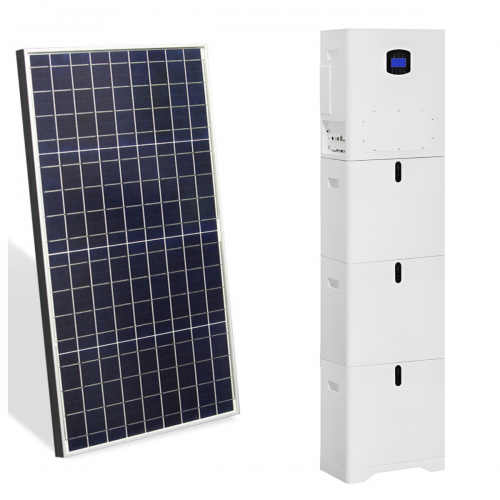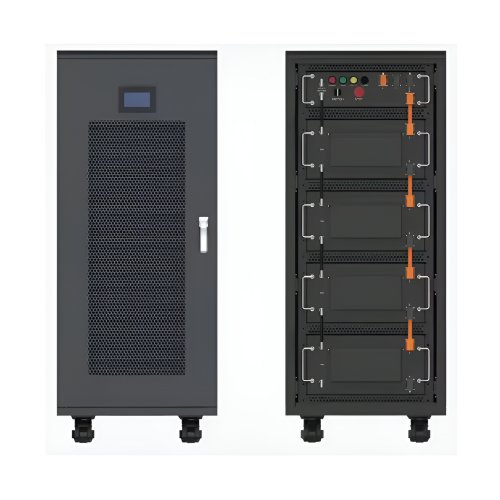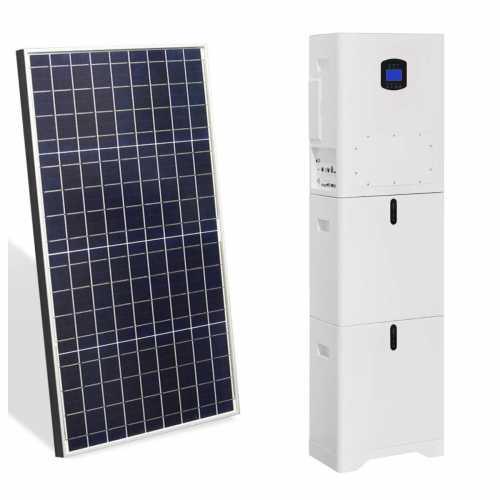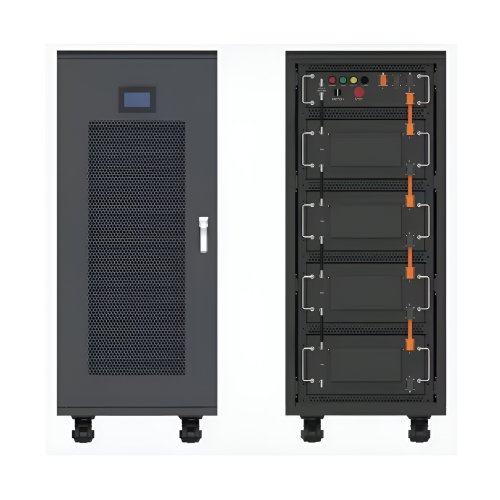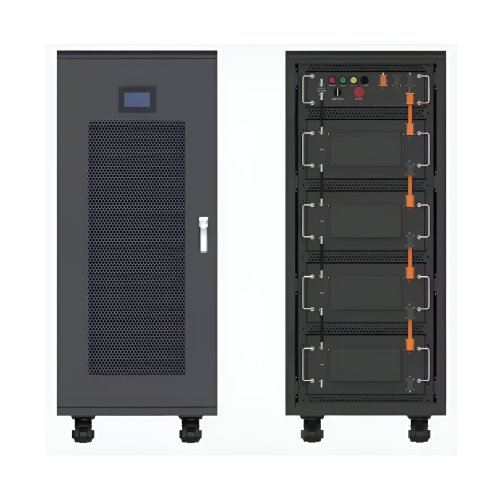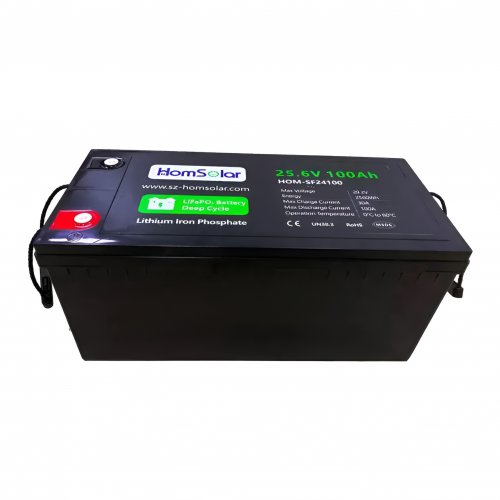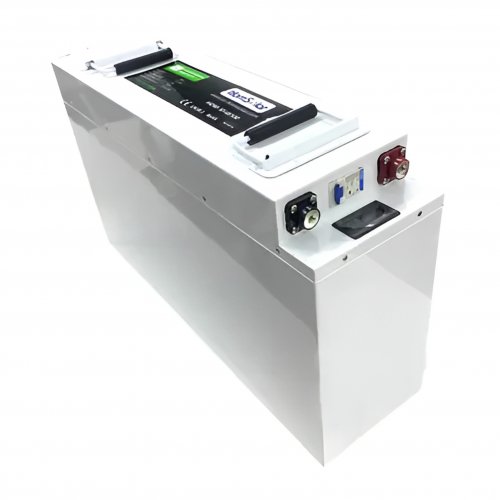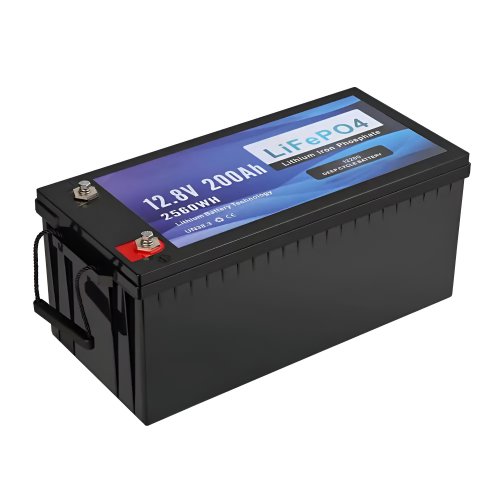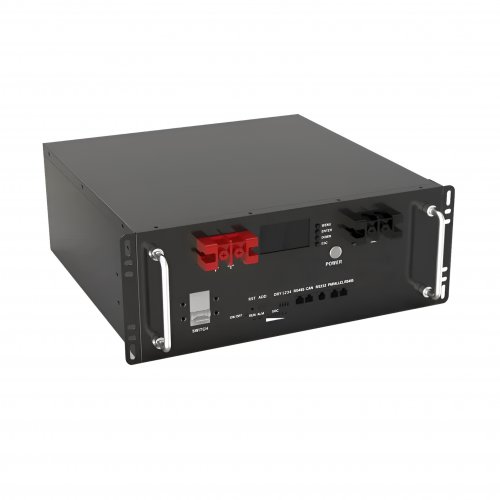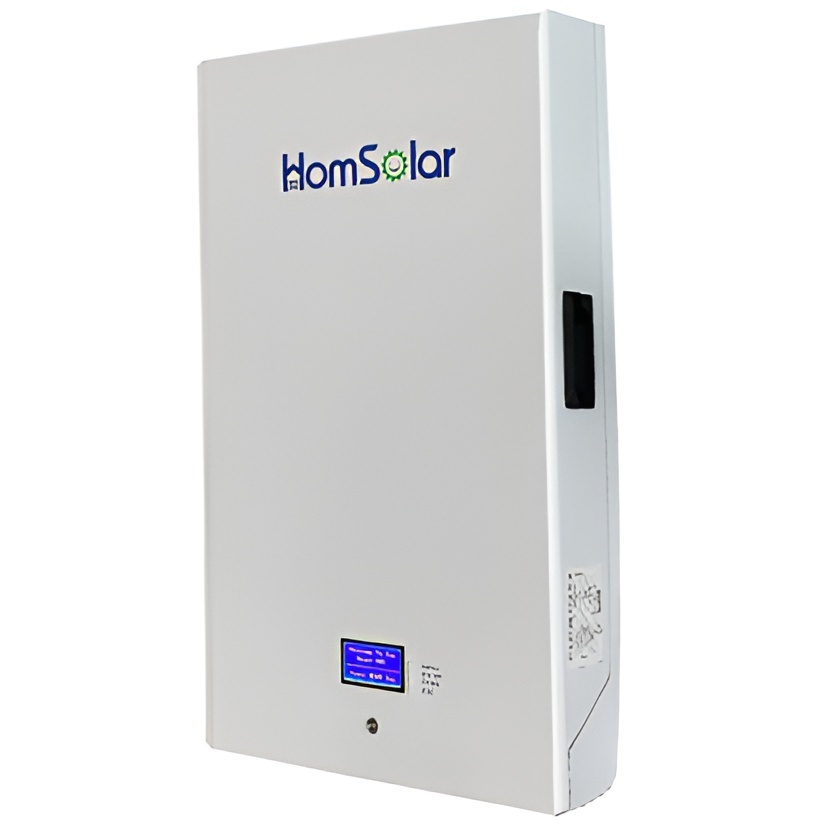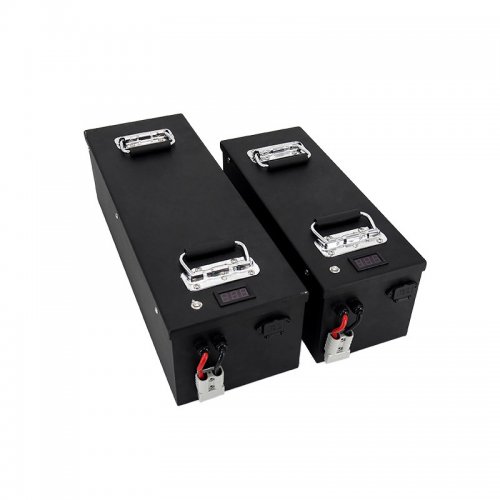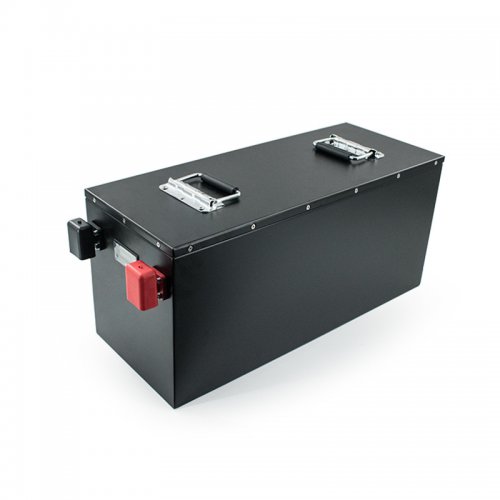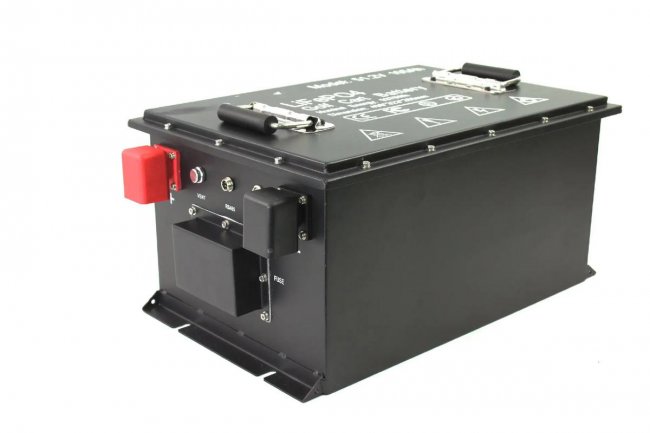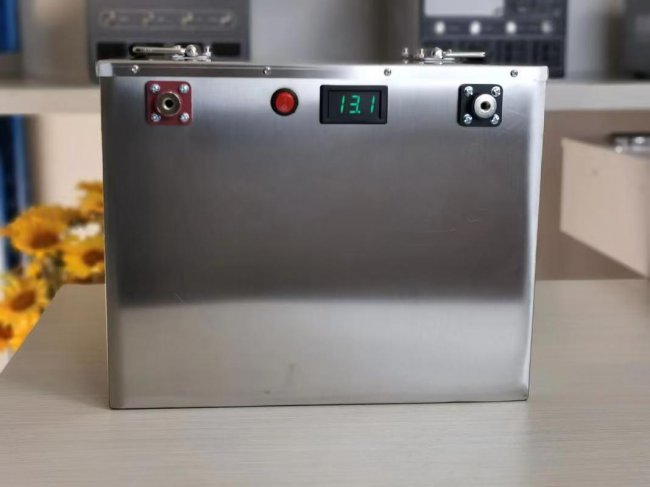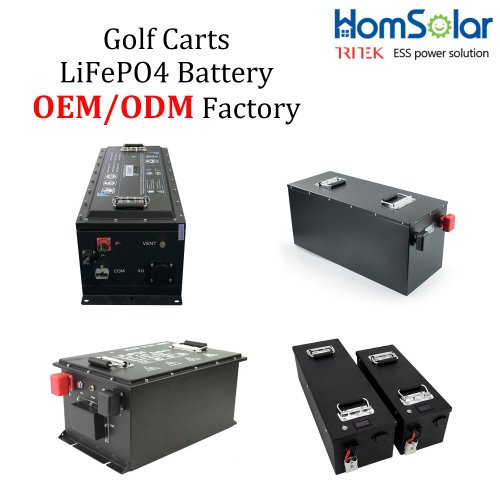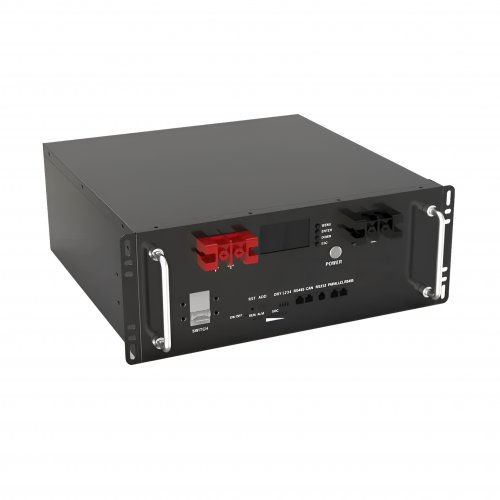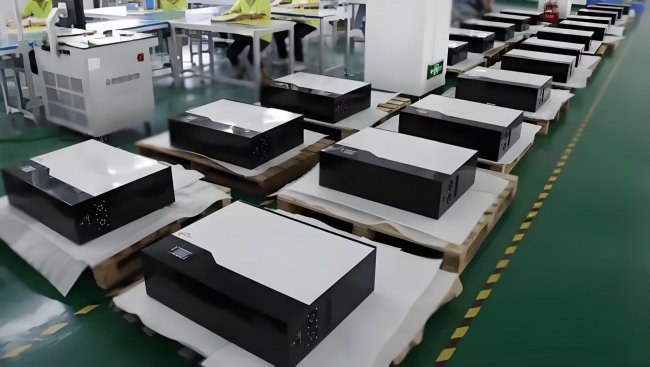How To Use Voltage Range: A Practical Guide For Safe And Effective Measurements
Understanding and correctly using the voltage range is essential for accurate electrical measurements, whether you're working with household electronics, industrial equipment, or laboratory instruments. Selecting the wrong range can lead to inaccurate readings, equipment damage, or even safety hazards. This guide provides step-by-step instructions, practical tips, and key precautions to help you master voltage range selection and measurement techniques.
The voltage range refers to the span of voltages a measuring device (e.g., multimeter, oscilloscope) can safely and accurately measure. Most instruments offer multiple ranges (e.g., 0-20V, 0-200V, 0-1000V) to accommodate different applications.2. Select the Appropriate Range on Your Meter:
3. Avoid Overloading:
2. Connect the Probes:
3. Read the Display:
For further learning, consult your multimeter’s manual or explore advanced electrical measurement techniques. Happy measuring!
Customized/OEM/ODM Service
HomSolar Supports Lifepo4 battery pack customization/OEM/ODM service, welcome to contact us and tell us your needs.


HomSolar: Your One-stop LiFePO4 Battery Pack & ESS Solution Manufacturer
Our line of LiFePO4 (LFP) batteries offer a solution to demanding applications that require a lighter weight, longer life, and higher capacity battery. Features include advanced battery management systems (BMS), Bluetooth® communication and active intelligent monitoring.

Customised Lithium Iron Phosphate Battery Casing
ABS plastic housing, aluminium housing, stainless steel housing and iron housing are available, and can also be designed and customised according to your needs.

HomSolar Smart BMS
Intelligent Battery Management System for HomSolar Energy Storage System. Bluetooth, temperature sensor, LCD display, CAN interface, UART interface also available.


Terminals & Plugs Can Be Customized
A wide range of terminals and plugs can be customised to suit the application needs of your battery products.

Well-designed Solutions for Energy Storage Systems
We will design the perfect energy storage system solution according to your needs, so that you can easily solve the specific industry applications of battery products.



About Our Battery Cells
Our energy storage system products use brand new grade A LiFePO4 cells with a battery lifespan of more than 4,000 charge/discharge cycles.



Applications in Different Industries
We supply customized & OEM battery pack, assemble cells with wiring, fuse and plastic cover, all the cell wires connected to PCB plug or built BMS.
Applications: E-bike, Electric Scooter, Golf Carts, RV, Electric Wheelchair, Electric Tools, Robot Cleaner, Robot Sweeper, Solar Energy Storage System, Emergency Light, Solar Power Light, Medical Equipment, UPS Backup Power Supply.
We can provide you with customized services. We have the ability to provide a vertical supply chain, from single cells to pack/module and to a complete power solution with BMS, etc.


HomSolar (Shenzhen) Technology Co., Ltd







